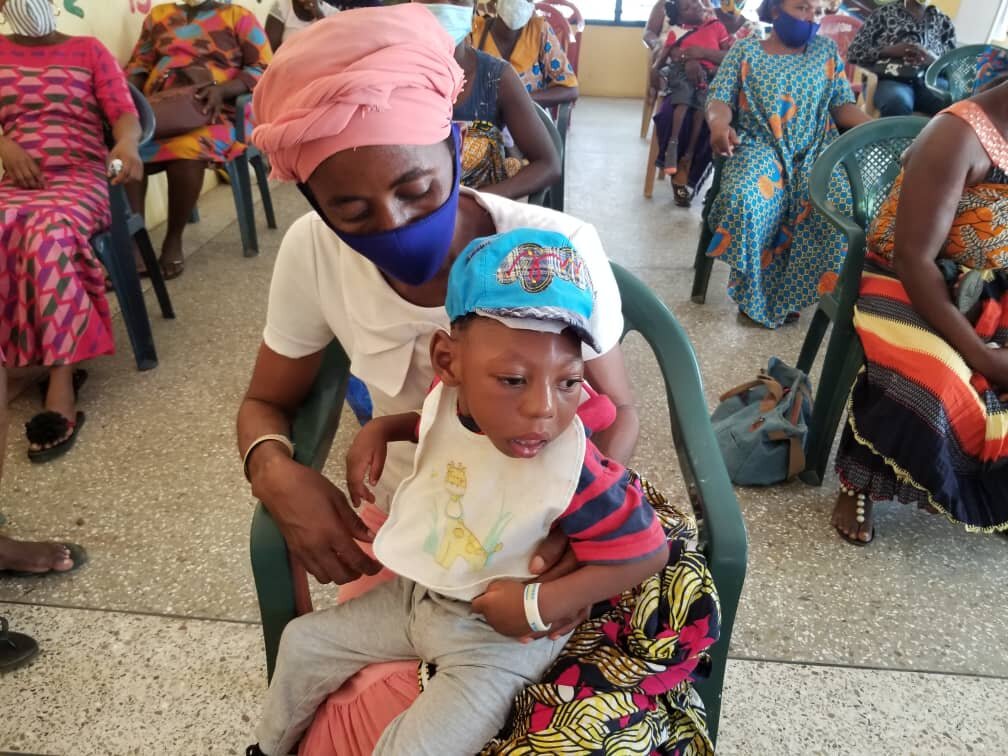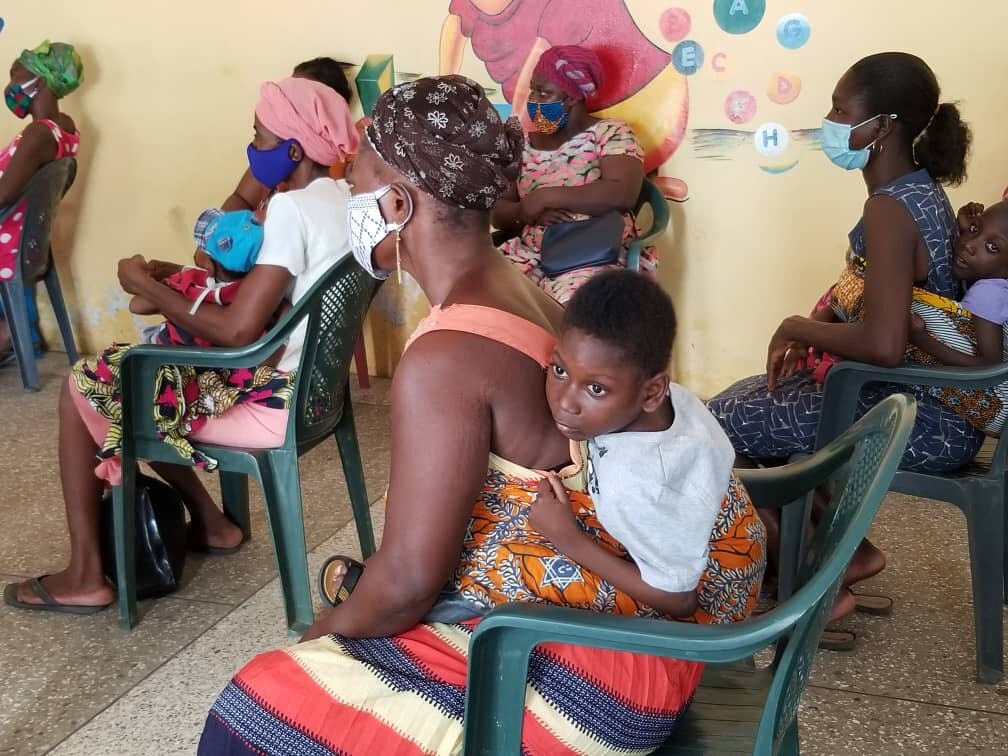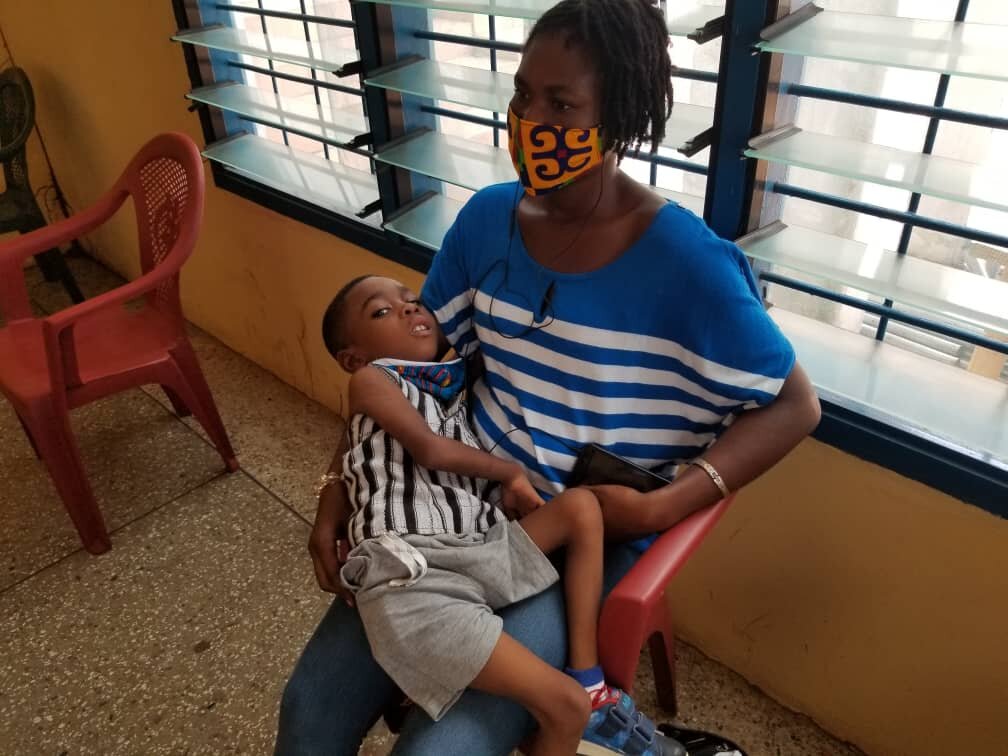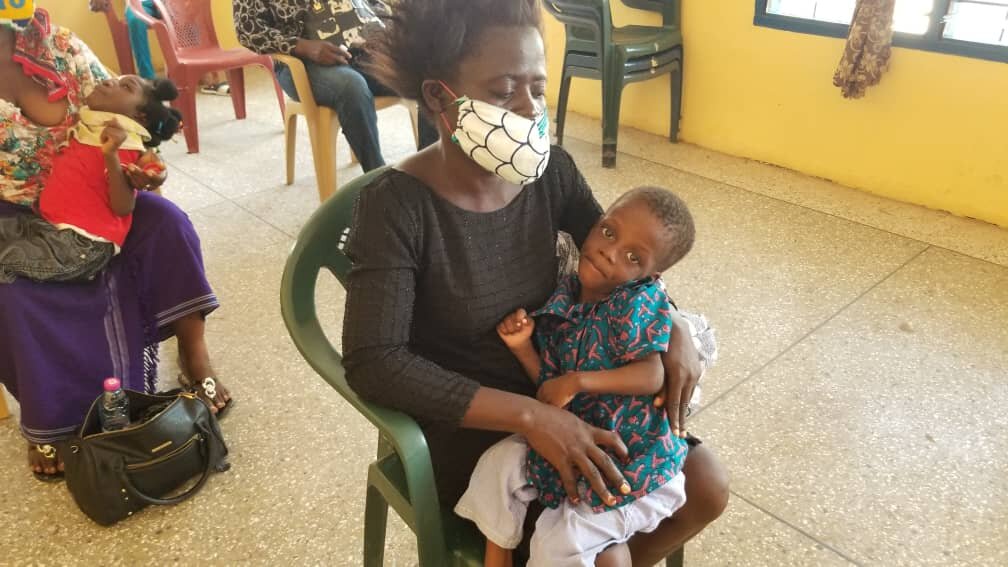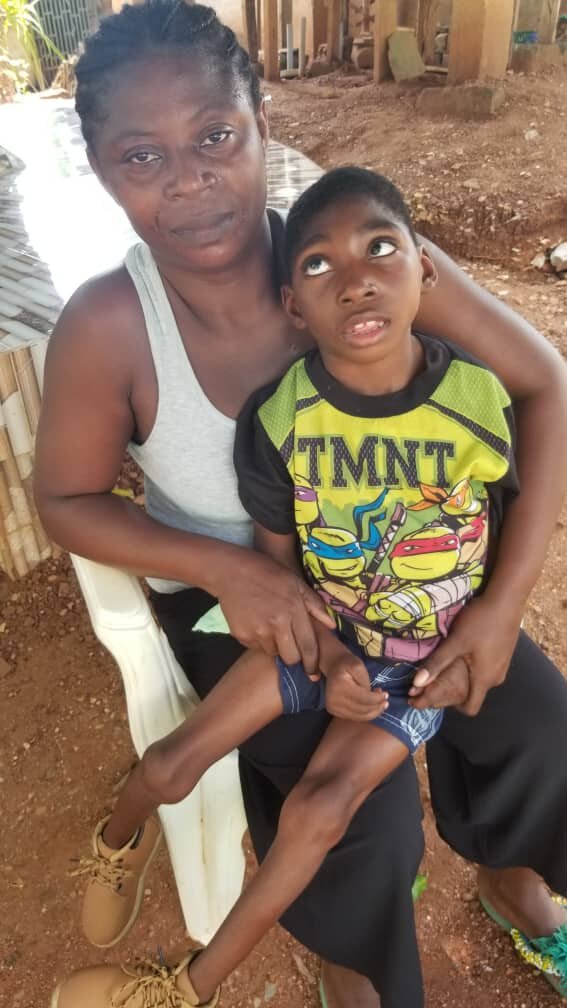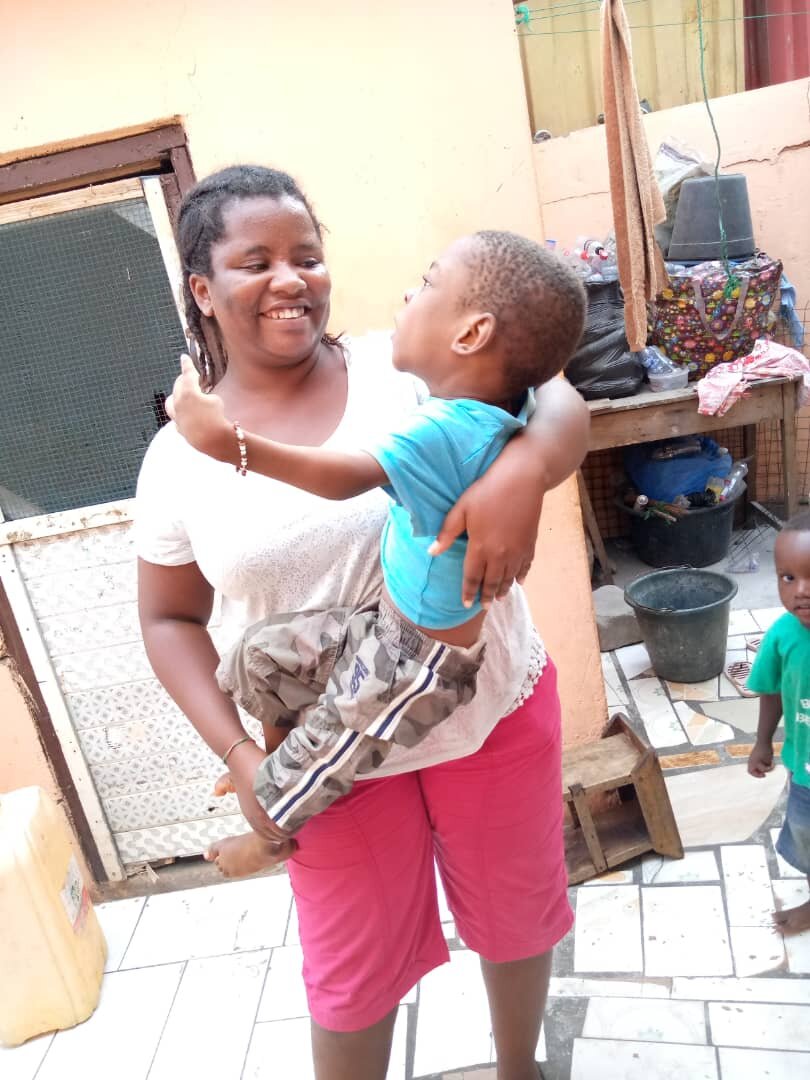What is Cerebral Palsy?
Cerebral palsy (CP) is characterized by reduced mobility and inability to maintain balance and correct posture. It is caused by abnormal brain development that has an adverse effect on the individual’s ability to control his or her muscles (“Causes and risk factors of cerebral palsy,” 2017). There are a few divisions of CP:
Hemiplegia affects muscles on right or left side
Diplegia affects upper or lower body muscles
Quadriplegia affects the muscles in all limbs
How can I tell that a child has CP?
CP can develop throughout different points of infancy. Therefore, it is important to be aware of the signs that it is developing at different points of infancy. Overall it is important to ensure that the child is reaching crucial developmental milestones such as sitting, crawling, rolling over, and standing. It is also important to examine the child’s muscle tone, especially if the muscles appear stiff or floppy. The child’s posture should also be examined to make sure that the child is able to support themselves. It is also important to take note of excessive drooling and trouble swallowing.
Infants younger than 6 months
Inability to hold head up when being picked up after lying down.
Child may feel stiff or floppy. For example, when they are picked up their legs may go stiff or cross.
When holding the child, they may overextend their back or neck, as if to push themselves away from whomever is holding them.
Infants from 6 to 10 months old
Inability to roll over
Unable to bring their hands to their mouth and bringing their hands together
Infants older than 10 months
Abnormal crawling – if the child moves with only one leg and arm while the opposite leg and arm drag
If the child does not crawl on all four limbs. For example, if they move by scooting on their buttocks or hopping on their knees
If the child is unable to stand even when they hold onto an object for support.
(“What are they early signs of cerebral palsy,” 2016)
What are treatment options for children with CP?
Every patient is different, so it is important to discuss with the physicians and the family to see what treatment options are best for the specific patient.
Physical therapy and rehabilitation
Occupational therapy to help the child learn how to do every day activities.
Recreational therapy to help the child improve their mobility and coordination.
Speech and language therapy can improve the child’s pronunciation and help with swallowing. Additionally, speech therapists can come up with new forms of communication – such as sign language or devices.
Orthotic devices that can be placed on the affected limbs to help with movement and balance. Some examples are braces, wheel chairs, rolling walkers, and powered scooters.
Assistive devices and technologies such as computer-based communication devices, Velcro fastened shoes, and crutches. These devices can help make daily activities easier.
Medications have been found to help with CP. Medications that relax stiff or overactive muscles can help. If the child also experiences seizures, epileptic medications can be taken – however it should be known that these medications can have a negative impact on the developing brain.
In some extreme cases, the child may require surgery. Surgery can lengthen extremely tight muscles. The surgeon can improve the curvature of the spine or position the limbs better to correct movements. In severe cases, the surgeon can cut nerves to prevent spastic and abnormal movements.
(“What are the treatments for cerebral palsy,” 2016)
What is the prevalence of CP?
About 150 million children are diagnosed with CP, globally. CP is the most prevalent physical impairment in children, and it is estimated to effect 2-3.5 children in every 1,000 live births. The distribution of CP is found to be very unequal, with 80% of the cases affecting low- and middle-income children (Zuurmond et al., 2018).
Who is at a higher risk for CP?
Some of the risk factors for CP include:
Children that were low birth weight. Children weighing less than 5 ½ pounds at birth are at risk, but children that weighed less than 3 ½ pounds are even more vulnerable.
Children born pre-maturely are also at a high risk. If the child was born before 37 weeks they are at risk, but even more so if they were born before 32 weeks.
Children that were born with a twin, triplet, etc. are also at a higher risk than a child that was the only birth.
Mother’s having infections during the pregnancy such as chicken pox, rubella, or other bacterial infections.
A child born with jaundice, which is the buildup of bilirubin. Untreated jaundice causes kernicterus. Kernicterus is a rare form of brain damage that leaves the child vulnerable to CP.
A child that is diagnosed with an infection in their brain during infancy, such as meningitis, or encephalitis.
A child that experiences brain injury from an accident or abuse.
Lack of oxygen flow to the brain which can be caused by strokes, blood clotting disorders, improper development of blood vessels in the brain, heart defects, or sickle cell anemia.
(“Causes and risk factors of cerebral palsy,” 2017)
How can CP be prevented?
All the factors that contribute to the development of CP are not known. However, there are measures that can be taken to reduce the risk of CP in children.
Mother’s should seek regular prenatal care during pregnancy.
Mother’s should seek medical attention if they become sick at any time during the pregnancy and receive recommended immunizations, especially the flu shot.
Once the baby is born it is important to ensure that they receive vaccinations for meningitis, encephalitis, HiB vaccine, and pneumococcal vaccine
Ensuring that the child has a safe environment to grow in, in order to prevent injuries to the brain.
(“Causes and risk factors of cerebral palsy,” 2017)
What challenges do children with CP face in Africa?
One of the major challenges children with CP face is having access to healthcare in rural areas. In addition, there is lack of knowledge, low quantity of medications, and limitations in diagnostics and screening. The cultural stigma around neurological disorders often results in families not seeking medical attention for the child. Facilities also do not have disability-friendly layouts to accommodate children with CP (Donald et al., 2014). Due to the nature of CP, children are also more vulnerable to malnourishment (Polack et al., 2018).
Cerebral Palsy Blog
Works Cited
- Causes and risk factors of cerebral palsy. (3 February 2017). National Centers on Birth Defects and Developmental Disabilities: Centers for Disease Control and Prevention. Retrieved from: https://www.cdc.gov/ncbddd/cp/causes.html
- Donald, K. A., Kakooza, A. M., Wammanda, R. D., Mallewa, M., Samia, P., Babakir, H., Bearden, D., Majnemer, A., Fehlings, D., Shevell, M., Chugani, H., Wilmshurst, J. (2015). Pediatric Cerebral Palsy in Africa: Where Are We. Journal of Child Neurology, 30(8), 961-971. doi:10.1177/0883073814549245
- Polack, S., Adams, M., O'Baniom, D., Baultussen, M., Asante, S.,Kerac, M.,…Zuurmon, M. (September 2018). Children with cerebral palsy in Ghana: malnutrition. Feeding challenge, and caregiver quality of life. Developmental Medicine and Child Neurology, 60(9), 914-921. doi:10.1111+A2:A4
- What are the early signs of cerebral palsy. (1 December 2016). National Institute of Child Health and Human Development. Retrieved from: https://www.nichd.nih.gov/health/topics/cerebral-palsy/conditioninfo/signs
- What are the treatments for cerebral palsy. (1 December 2016). National Institute of Child Health and Human Development. Retrieved from:https://www.nichd.nih.gov/health/topics/cerebral-palsy/conditioninfo/treatmens
- Zuurmond, M., O'Banion, D., Gladstone, M., Carsamar, S., Kerac, M., Baltussen, M., Tann, C. J., Gyamah Nyante, G., … Polack, S. (2018). Evaluating the impact of a community-based parent training programme for children with cerebral palsy in Ghana. PloS one, 13(9), e0202096. doi:10.1371/journal.pone.0202096











